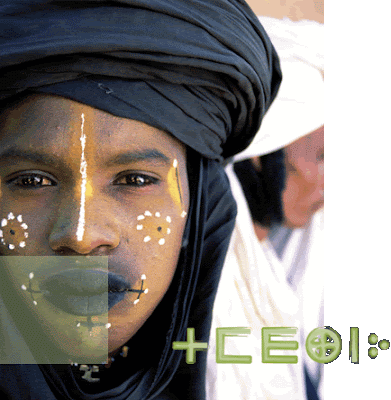

TAITO MARKETING -PROJECT 2007-2008
a project to develop marketing in the crafts and design business
This project will instigate a survey on marketing by entrepreneurs in the crafts and design business and on the collection of research data. Furthermore, the project will develop marketing services for crafts and design businesses and produce online learning materials. Theme days focusing on marketing, training in image processing and distance learning courses on online business will be provided for crafts and design entrepreneurs.
The project ran from 1 May 2007 to 30 April 2008 and it was financed by the Ministry of Trade and Industry and the European Social Fund (ESF).
The Finnish Crafts Organization carried out an Internet survey in June-August 2007 with craft and design enterprises, buyers, company consultants and consumers. It also conducted group interviews among entrepreneurs. The survey aims to record the current situation of crafts and design marketing in Finland and the need for improving marketing skills, for instance through training and corporate services. The present survey on the marketing of Finnish craft and design products will be completed by the beginning of 2008, and the results of the international survey will be available in spring 2008.
The Finnish Crafts Organization carried out also an international survey on craft and design product marketing in September 2007. The aim of this questionnaire is to provide information on how craft and design products are marketed in Europe at the moment, what changes or needs for changes are evident and what viable forms of marketing might be available in the future. The results of the international survey will be available in spring 2008.
Taito business advisors assist crafts enterprises through
_consultation: business idea development, product evaluation, pricing, consumer protection issues
_education:trade customs, product development, finances, production, marketing
_marketing services:trial marketing, participation in bazaars and fairs, export services
_Internet service, www.craftnet.fi:business advisors function as a network of regional contact people
_development project and business incubator services
In addition the associations’ other services are also available
_marketing network services: national Taito Shop retail network and retail shops in local crafts centres
_marketing events: crafts fairs, bazaars and sales events
Taito services: courses, workshop instruction, supply of materials and tools
_exhibitions, competitions, events, awards, communication
_Finnish Crafts Organization’s role in business services
development projects, education, publications, research
Finnish Craftnet, Taito Magazine
Additional information
Taina Tervonen, Project Manager
The Finnish Crafts Organization Taito
Email: info(at)craftnet.fi
www.craftnet.fi



















.jpg)
































